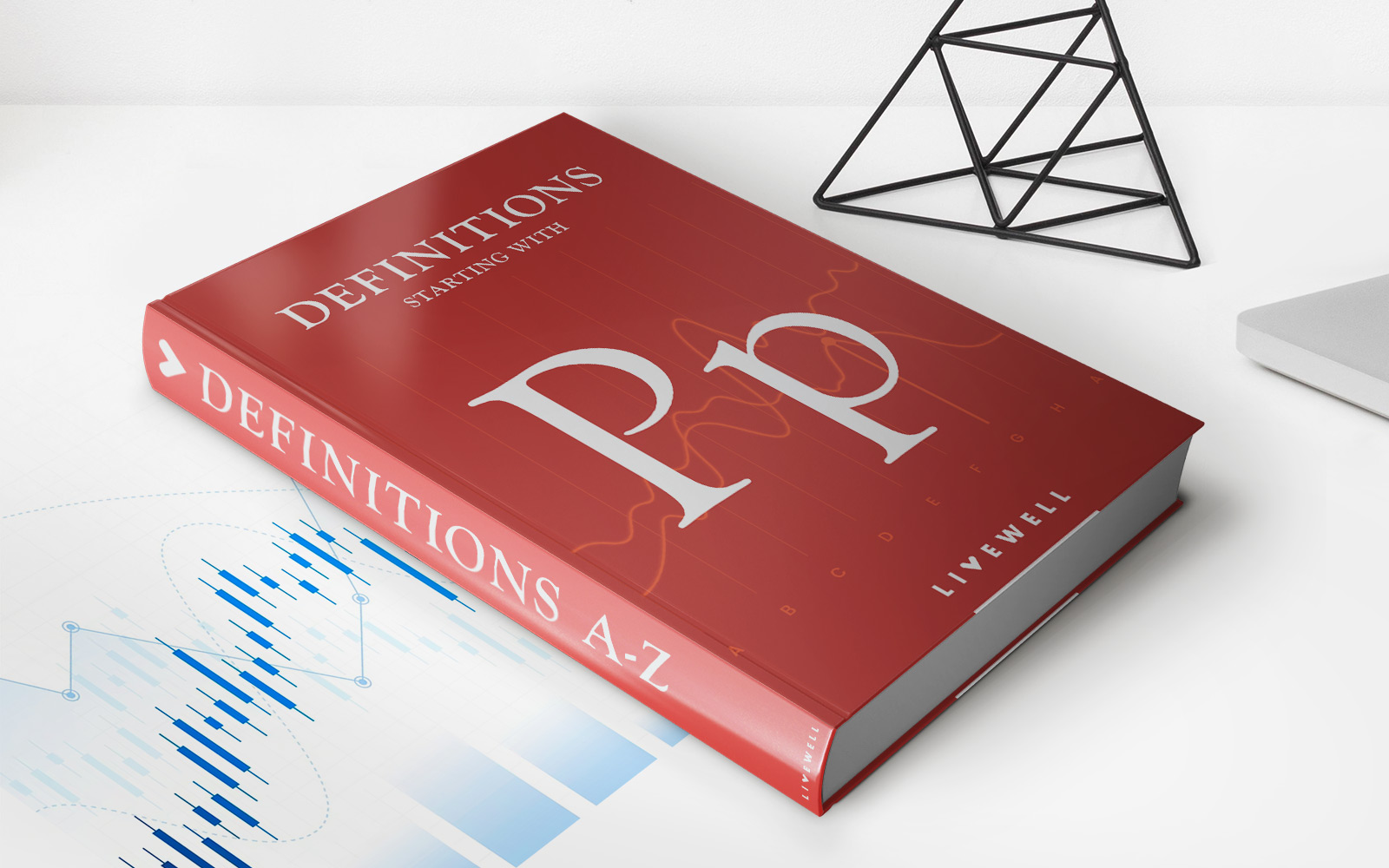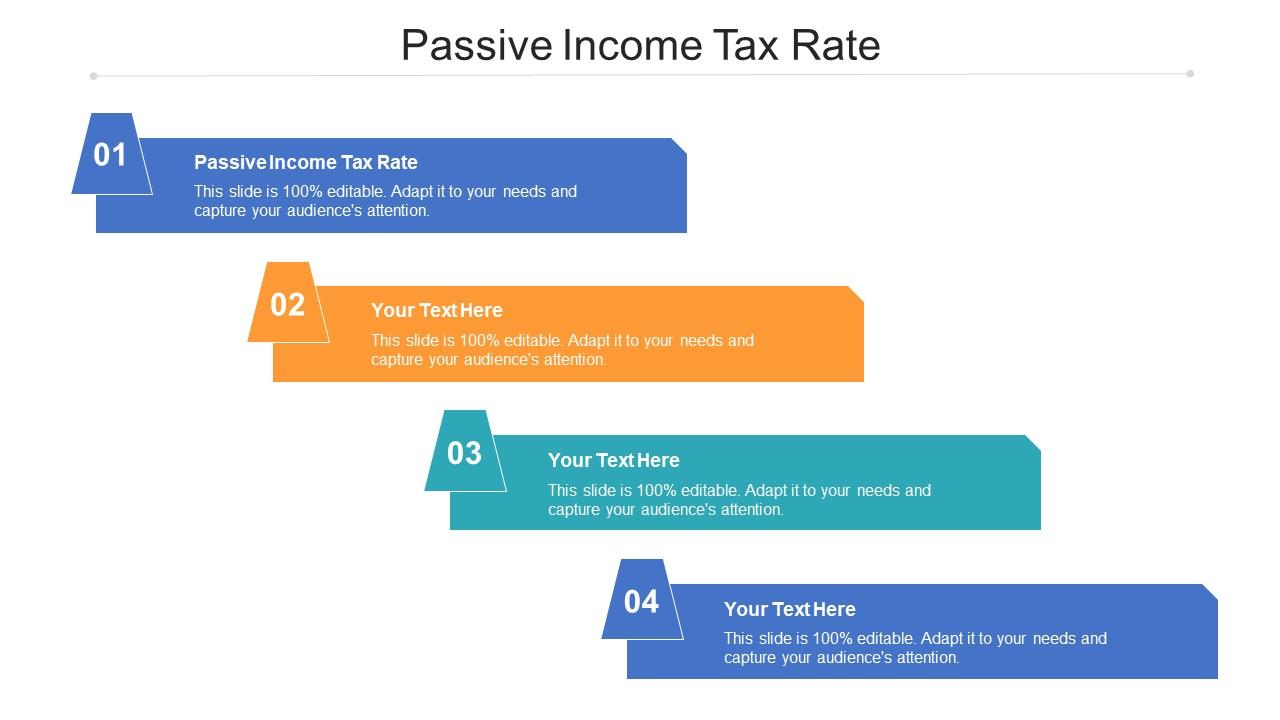

Finance
What Does Adhesion Mean In Insurance?
Published: November 14, 2023
Learn what adhesion means in insurance and how it impacts your financial protection. Find out why understanding this concept is crucial for managing your finances effectively.
(Many of the links in this article redirect to a specific reviewed product. Your purchase of these products through affiliate links helps to generate commission for LiveWell, at no extra cost. Learn more)
Table of Contents
- Introduction
- Definition of Adhesion in Insurance
- Historical Background of Adhesion in Insurance Contracts
- Key Features of Adhesion in Insurance
- Adhesion and Standardized Insurance Policies
- Criticisms and Concerns Related to Adhesion in Insurance
- Legal Implications of Adhesion in Insurance Contracts
- Ways to Address Adhesion in Insurance Contracts
- Conclusion
Introduction
Welcome to the world of insurance, where terms and conditions can often feel like a labyrinth of complex legal jargon. One such term that often arises in the realm of insurance contracts is “adhesion.” In this article, we will demystify the concept of adhesion in insurance and explore its significance in the industry.
Adhesion, in the context of insurance, refers to a contractual agreement where one party – typically the insured – has little to no bargaining power to negotiate the terms of the contract. Instead, they must either accept the policy as presented or forgo coverage altogether. This differs from traditional contracts, where both parties have an equal opportunity to negotiate the terms and conditions.
Adhesion is a fundamental principle that underpins the relationship between insurers and policyholders. It is often viewed as necessary to ensure consumer protection and efficiency in the insurance market. However, it has also been a subject of scrutiny and debate due to potential imbalances in power and potential for unfair terms.
Understanding the concept of adhesion is crucial for both policyholders and insurers. For policyholders, it is essential to be aware of the implications and limitations of adhesion in insurance contracts, while insurers must ensure that their policies adhere to legal standards and regulatory requirements.
In the following sections, we will delve deeper into the definition of adhesion in insurance, explore its historical background, discuss its key features, examine criticisms and concerns surrounding the concept, and explore ways to address adhesion in insurance contracts.
Let us now turn our attention to a more comprehensive understanding of what adhesion means in the context of insurance.
Definition of Adhesion in Insurance
In the insurance world, the term “adhesion” refers to a contractual agreement where one party, typically the insured, has little to no ability to negotiate or modify the terms of the insurance contract. Instead, they must accept the policy as presented or decline coverage altogether.
The concept of adhesion arises from the inherent power imbalance between insurers, who create standardized insurance policies, and policyholders, who have limited influence over the terms and conditions. Insurance policies are typically drafted by legal experts to address the needs of a broad range of customers, resulting in a “take it or leave it” proposition for policyholders.
Adhesion essentially places the burden of understanding the policy and its implications on the insured. While insurers have a duty to provide clear and concise policy documents, policyholders are expected to thoroughly review and comprehend the terms, limitations, coverage exclusions, and requirements of their insurance policies.
Adhesion contracts in insurance often consist of pre-printed, boilerplate clauses that are not open to negotiation. These clauses are designed to protect the interests of insurers and establish uniformity across policies. Examples of these clauses include deductible amounts, coverage limits, and specific exclusions.
It is crucial for policyholders to be aware that adhesion contracts limit their ability to modify or negotiate the terms of the insurance policy. This lack of bargaining power can result in disparities between the expectations of the insured and the actual coverage provided by the policy.
While adhesion is often associated with consumer insurance policies, it can also be present in commercial insurance contracts. In both cases, the policyholder is typically in a weaker position compared to the insurer when it comes to negotiating specific terms.
It is important for policyholders to carefully read and understand the terms of their insurance policies to ensure that they are adequately covered and aware of any potential limitations or exclusions. Additionally, policyholders should always seek clarification from their insurance provider if they have any doubts or concerns regarding the policy.
Now that we have defined adhesion in insurance, let’s explore its historical background to gain a deeper understanding of how it originated and evolved in the insurance industry.
Historical Background of Adhesion in Insurance Contracts
The concept of adhesion in insurance contracts has deep historical roots that can be traced back to the development of modern insurance practices. Its origins can be found in the 17th and 18th centuries when the first insurance policies were being written.
During this time, insurance policies were often handwritten and tailored to meet the specific needs of individual policyholders. However, as the demand for insurance grew and policies became more standardized, insurers began drafting pre-printed contracts that were offered on a “take it or leave it” basis. This shift marked the emergence of adhesion contracts in insurance.
The use of standardized policies helped insurers streamline their operations and ensure consistency in coverage terms and conditions across a wide range of policyholders. It allowed insurers to efficiently manage risk and provide insurance protection to a larger customer base.
However, the adoption of adhesion contracts also raised concerns regarding consumer protection and fairness. Critics argued that complex and convoluted policy language, coupled with limited bargaining power for policyholders, led to situations where insured individuals were unaware of the full extent of their coverage or potential policy exclusions.
In response to mounting concerns, regulatory bodies and courts began to scrutinize the adhesion nature of insurance contracts. The aim was to ensure that policyholders were adequately informed about their rights and obligations under the policy and that there was a level playing field between the insurer and the insured.
Over time, legal and regulatory frameworks were established to protect policyholders from unfair and abusive practices stemming from adhesion contracts. Consumer protection law and insurance regulations were introduced to ensure that insurance policies were written in clear and understandable language and that policyholders were provided with enough information to make informed decisions about their coverage.
Despite these measures, the fundamental nature of adhesion contracts in insurance remains largely unchanged. Policyholders are still confronted with pre-drafted policies that limit their ability to negotiate terms and conditions. This dynamic has led to ongoing discussions and debates about the fairness of adhesion contracts in the insurance industry.
As we delve further into the concept of adhesion in insurance contracts, we will explore its key features and the impact it has on policyholders and insurers.
Key Features of Adhesion in Insurance
Adhesion contracts in insurance possess several key features that define their nature and impact on policyholders. Understanding these features is essential for individuals navigating the complexities of insurance contracts. Let’s delve into the key characteristics of adhesion in insurance:
- Standardized Policies: Adhesion contracts are characterized by the use of standardized policy forms. Insurers develop these pre-drafted contracts to ensure consistency and efficiency in their operations. As a result, policyholders have limited or no ability to negotiate the terms and conditions of the policy.
- Take It or Leave It: Another defining feature of adhesion in insurance is the unequal bargaining power between insurers and policyholders. Policyholders are presented with the policy terms on a “take it or leave it” basis. They must either accept the policy as presented or decline coverage entirely. This lack of negotiation power can lead to disparities between the expectations of policyholders and the actual provisions of the policy.
- Inherent Complexity: Insurance policies are notorious for containing complex language and technical terms. Adhesion contracts in insurance often include convoluted clauses and coverage limitations that can be difficult for policyholders to understand. Policyholders are expected to carefully review the policy terms and seek clarification from the insurer if needed.
- Policyholder Familiarity: Insurers have a legal duty to provide clear and conspicuous policy documents to policyholders. However, policyholders are expected to familiarize themselves with the policy’s terms, limitations, coverage exclusions, and requirements. This places the responsibility on the policyholder to ensure they have a solid understanding of the contract they are entering into.
- Consumer Protection Measures: To address concerns related to adhesion, regulatory bodies have implemented consumer protection measures. Insurance regulators require insurers to adhere to specific guidelines regarding policy language, disclosure of information, and mandated coverage provisions. These measures aim to protect policyholders from unfair practices and ensure that insurance policies are transparent and understandable.
While adhesion contracts in insurance offer efficiency and standardization for insurers, they can also lead to potential challenges and disputes for policyholders. The imbalanced nature of these contracts calls for a comprehensive understanding of the terms and diligent review from the insured party. In the next section, we will explore the criticisms and concerns associated with adhesion in insurance contracts.
Adhesion and Standardized Insurance Policies
One of the key aspects of adhesion in insurance is the prevalence of standardized insurance policies. Standardized policies are pre-drafted contracts that are offered on a take-it-or-leave-it basis, leaving little room for policyholders to negotiate the terms and conditions. Let’s explore the relationship between adhesion and standardized insurance policies:
Efficiency and Consistency: Standardized policies enable insurers to streamline their operations and provide coverage to a broad range of policyholders efficiently. By developing pre-drafted policy forms, insurers can ensure consistency in coverage terms, conditions, and exclusions, which simplifies underwriting and claims processes.
Balancing Interests: Standardized policies aim to strike a balance between the interests of insurers and the needs of policyholders. Insurers design these policies based on their assessment of the risks they are willing to cover and the market demand for certain types of coverage. Standardization helps insurers manage risk while offering policyholders a baseline level of protection.
Uniformity and Comparability: Standardized policies allow consumers to compare insurance options more easily. Standard terms and conditions across insurers simplify the process of evaluating policies based on coverage, limits, exclusions, and cost. Policyholders can make informed decisions by considering the features of various standardized policies side by side.
Consumer Considerations: While standardized policies offer convenience and comparability, it is crucial for policyholders to understand the limitations. Adhesion contracts present a challenge for policyholders who may not have the expertise to thoroughly assess the implications of the terms and conditions. Policyholders must carefully review the policy documents and seek clarification from the insurer if needed to ensure the policy meets their specific needs.
Regulatory Compliance: Standardized insurance policies are subject to regulatory oversight to protect consumers’ interests. Regulators set guidelines for the language, form, and content of policies, ensuring they are clear, concise, and easily understandable. These regulations aim to prevent unfair terms or hidden provisions that could disadvantage policyholders.
While standardized insurance policies can simplify the insurance process for both insurers and policyholders, there are criticisms and concerns associated with adhesion and standardized contracts. In the following section, we will explore some of the common criticisms and concerns related to adhesion in insurance.
Criticisms and Concerns Related to Adhesion in Insurance
The concept of adhesion in insurance contracts has been a subject of criticism and raised concerns among consumer advocates, legal scholars, and policyholders. While adhesion serves certain purposes, its inherent characteristics have given rise to several valid criticisms. Let’s delve into some of the prominent concerns:
- Power Imbalance: Adhesion contracts create a significant power imbalance between insurers and policyholders. Policyholders, particularly individual consumers, often lack the expertise and bargaining power to negotiate the terms and conditions of the contract. This can result in terms that are more favorable to insurers, potentially leaving policyholders unaware of coverage limitations and exclusions.
- Complex Language: Insurance policies are notorious for containing complex language and technical terms. Adhesion contracts may include convoluted clauses and lengthy provisions written in legal jargon. This complexity can make it difficult for policyholders to understand the intricacies of their coverage, potentially resulting in misunderstandings or disputes.
- Information Asymmetry: Adhesion contracts place a significant burden on policyholders to familiarize themselves with the terms and conditions of the insurance policy. While insurers have a duty to provide clear and concise policy documents, policyholders are expected to read and comprehend the policy, including any limitations or exclusions. However, policyholders may not possess the necessary knowledge or resources to fully understand the implications of the policy’s language.
- Limited Customization: Adhesion contracts limit the ability of policyholders to customize the terms of their insurance coverage to suit their specific needs. This can result in situations where policyholders may be paying for coverage they do not require or are left underinsured for certain risks that are not adequately addressed in the standardized policy.
- Potential for Unfair Terms: Concerns have been raised regarding the presence of unfair or unenforceable terms in adhesion contracts. Unscrupulous insurers may include provisions that unreasonably limit coverage or impose onerous conditions, placing an undue burden on policyholders. Regulatory oversight and consumer protection laws play a crucial role in addressing these concerns and ensuring fairness in insurance contracts.
These criticisms and concerns highlight the need for policyholders to exercise caution and due diligence when entering into adhesion contracts. It is essential to thoroughly review the policy, seek clarification from the insurer when needed, and consult with professionals, such as insurance agents or attorneys, to ensure a comprehensive understanding of the coverage and its implications.
In the next section, we will explore the legal implications of adhesion in insurance contracts and the ways in which courts have addressed related issues.
Legal Implications of Adhesion in Insurance Contracts
Adhesion contracts in insurance have significant legal implications, as they involve the interaction between policyholders and insurers within a contractual framework. Courts and legal systems have developed principles to address the unique challenges and concerns that arise from adhesion contracts. Let’s explore some of the key legal implications:
Enforceability: Adhesion contracts are generally considered valid and enforceable under the law, as long as they meet the basic requirements of contract formation, such as offer and acceptance, consideration, and legal purpose. However, courts may closely scrutinize certain contract provisions to ensure they are not unconscionable or in violation of public policy.
Interpretation: In cases of ambiguity or disputes, courts interpret adhesion contracts strictly against the insurer, as the party responsible for drafting the contract. This is known as the doctrine of contra proferentem, which means that any doubts or unclear language in the policy will be resolved in favor of the policyholder.
Unfair Terms: Courts are often vigilant in identifying and striking down unfair or unreasonable terms in adhesion contracts. If a court determines that a particular provision is unconscionable or highly disadvantageous to the policyholder, it may declare that provision unenforceable in order to protect the insured party.
Consumer Protection Laws: Many jurisdictions have implemented consumer protection laws specifically targeting adhesion contracts in insurance. These laws regulate the language, format, and content of insurance policies, aiming to ensure transparency, fairness, and adequate disclosure of terms to the policyholder. Violations of consumer protection laws may result in fines, penalties, or other legal consequences for insurers.
Regulatory Oversight: Insurance regulators play a vital role in overseeing and supervising the insurance industry. They establish guidelines and regulations that insurance companies must abide by to ensure that adhesion contracts comply with legal standards and provide adequate protection to policyholders. Regulators may conduct audits, investigations, and reviews to ensure insurers’ practices align with the regulatory framework.
While the legal implications surrounding adhesion in insurance contracts aim to protect policyholders, it is important for individuals to be aware of their rights and assert them if necessary. Seeking legal counsel or consulting with consumer advocacy organizations can be beneficial in situations where policyholders believe they have been treated unfairly or when contractual disputes arise.
In the next section, we will explore some ways in which the concerns related to adhesion in insurance contracts can be addressed and mitigated.
Ways to Address Adhesion in Insurance Contracts
While adhesion contracts in insurance are deeply ingrained in the industry, there are ways to address the challenges and concerns associated with their nature. Various approaches can help mitigate the potential disadvantages and ensure a fairer relationship between insurers and policyholders. Let’s explore some ways to address adhesion in insurance contracts:
Enhanced Consumer Education: Educating policyholders about insurance contracts and their rights is crucial. Insurance companies can provide clear, concise, and user-friendly policy summaries that explain the key terms, coverage, and limitations. Policyholders should be encouraged to ask questions, seek clarification, and understand the implications of the policy before entering into a contractual agreement.
Transparent Disclosure: Insurers should ensure transparent disclosure of policy terms and conditions. This includes presenting information in a clear and comprehensible manner, avoiding complex legal jargon, and providing accessible explanations of coverage, limitations, exclusions, and any additional conditions.
Plain Language Policies: Simplifying the language used in insurance policies can significantly enhance policyholders’ understanding of their coverage. Insurers can proactively adopt plain language policies that minimize ambiguity, use concise language, and avoid technical terms. This enables policyholders to make informed decisions and reduces the likelihood of misunderstandings.
Customizable Coverage: Offering more flexibility in insurance policies allows policyholders to tailor their coverage to suit their specific needs. Insurers can consider offering policy options that allow policyholders to customize certain aspects of the coverage, such as deductible amounts, coverage limits, or additional riders to address specific risks.
Regulatory Frameworks: Government and regulatory authorities play a critical role in overseeing the insurance industry and protecting policyholder interests. They should continue to enforce consumer protection laws, establish clear guidelines for policy readability, and ensure that insurers adhere to fair practices. Regular reviews and updates of regulatory frameworks can help address emerging issues and concerns.
Market Competition: A competitive insurance market can incentivize insurers to offer better terms and conditions to policyholders. Increased competition may drive insurers to differentiate themselves by providing more transparent policies, improved customer service, and greater flexibility in policy customization. Policyholders should compare insurance options to ensure they are selecting a policy that best suits their needs and offers favorable terms.
Addressing the challenges associated with adhesion contracts in insurance requires a collaborative effort between insurers, policyholders, regulators, and other stakeholders. By promoting transparency, enhancing communication, and providing policyholders with the tools and knowledge to make informed decisions, the insurance industry can work towards a more balanced relationship between insurers and policyholders.
Now, let’s conclude our exploration of adhesion in insurance contracts.
Conclusion
Adhesion in insurance contracts is a concept that shapes the relationship between insurers and policyholders. It involves standardized policies that limit policyholders’ ability to negotiate terms and conditions, leading to concerns of a power imbalance and potential unfairness. While adhesion offers operational efficiency and comparability in the insurance market, it carries legal and ethical implications that warrant attention.
Throughout this article, we have explored the definition of adhesion in insurance, examined its historical background, and discussed its key features. We have also examined criticisms and concerns related to adhesion and the legal implications surrounding insurance contracts based on adhesion principles.
It is important for individuals to be aware of their rights and responsibilities when entering into insurance contracts. Policyholders should thoroughly review policy documents, seek clarification when needed, and consider consulting professionals to ensure a comprehensive understanding of coverage and limitations.
To address the concerns associated with adhesion contracts, there are actions that can be taken. Enhancing consumer education, providing transparent disclosure, using plain language in policies, offering customizable coverage options, and enforcing regulatory frameworks all contribute to a fairer and more balanced insurance environment.
It is essential for insurers, regulators, and policyholders to work together to ensure that insurance practices align with consumer protection standards and promote transparency. By doing so, we can foster a more equitable and informed insurance marketplace.
As the insurance industry continues to evolve, it is crucial to evaluate and refine the approach to adhesion in insurance contracts. By balancing the need for standardization and efficiency with consumer protection, we can strive towards a system that benefits both insurers and policyholders alike.
At the core of adhesion in insurance lies the importance of understanding the terms of the contract, seeking clarity, and making informed decisions. Policyholders should exercise diligence and take an active role in reviewing their policies to ensure they have the coverage they need.
By recognizing the implications and limitations of adhesion in insurance contracts, policyholders can navigate the insurance landscape more effectively, and insurers can work towards fostering trust and transparency with their customers.
In conclusion, adhesion in insurance is a critical concept that shapes the dynamics of insurance contracts. By addressing the concerns it raises and implementing measures to promote fairness and transparency, the insurance industry can work towards a more equitable and mutually beneficial relationship between insurers and policyholders.














